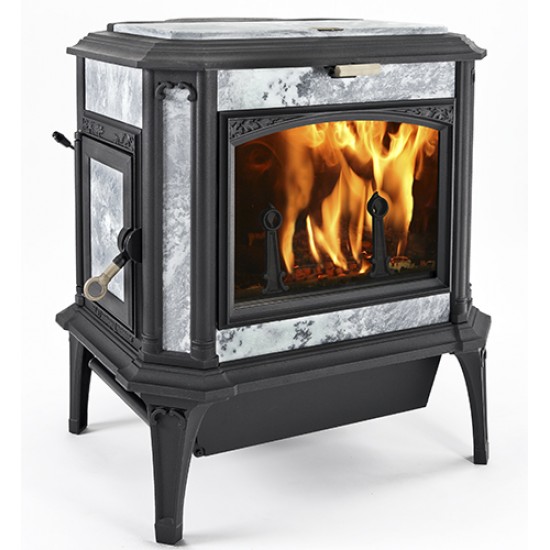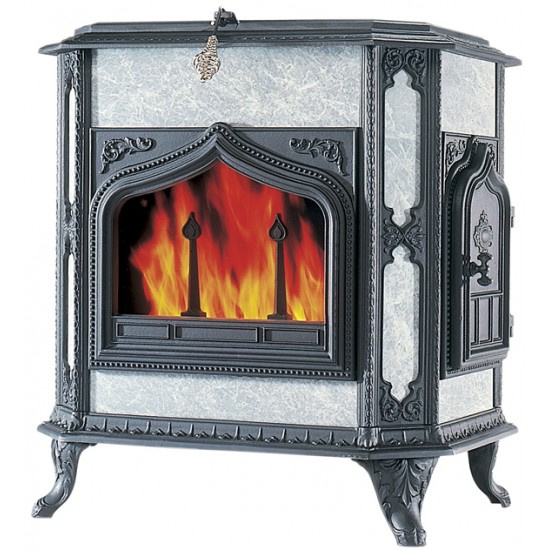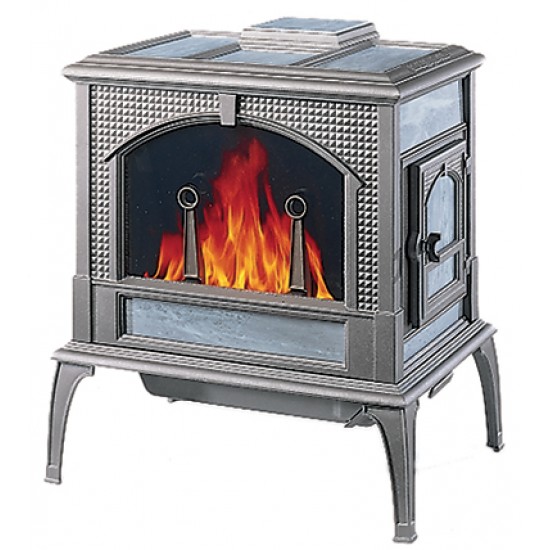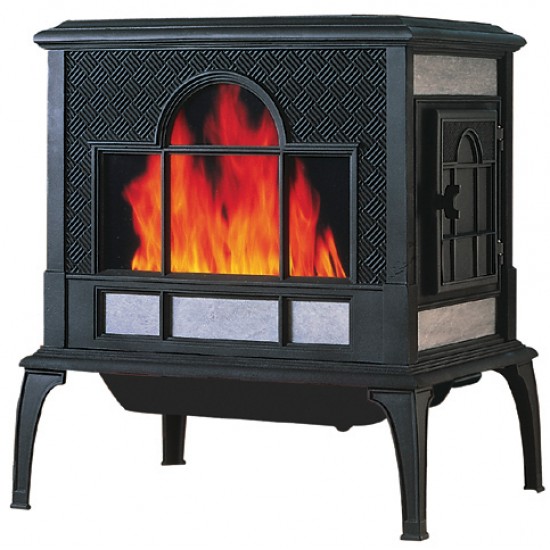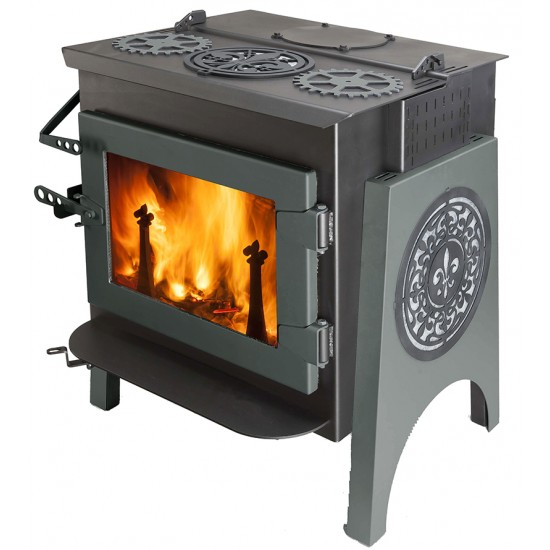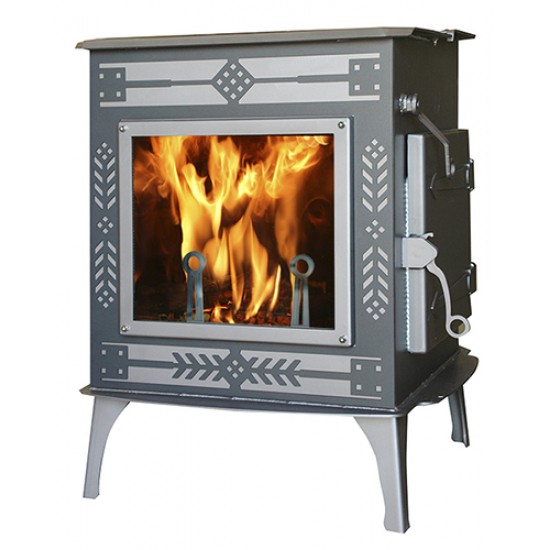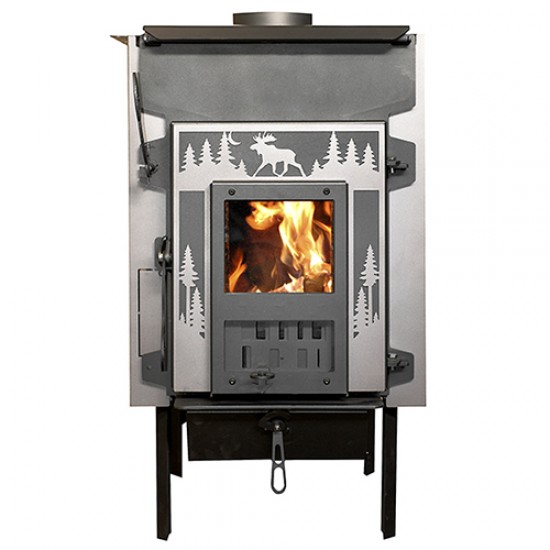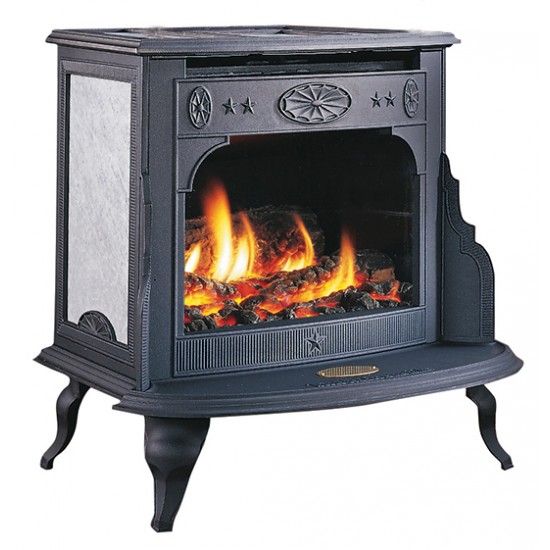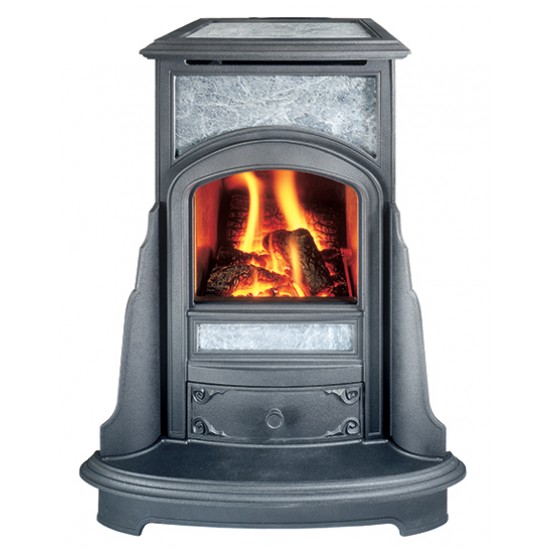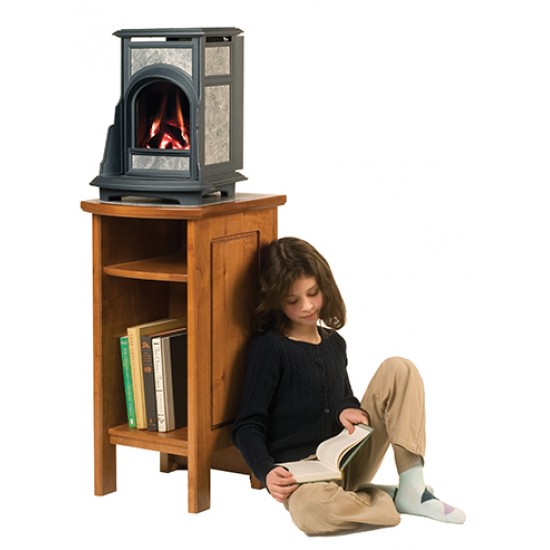
For the Design Challenge Stove, we wanted our leg height to be adjustable for fireplace installations; the stove sides to be customizable (with or without stone, or owner requested artwork). Plus, we needed a place to put a Thermoelectric generator, a place to hang accessories, and a way to attach strain gages. Plus it had to be structurally sound. Quite a list.
What we came up with is a side support that consists of three parts: (1) structural tube legs, (2) a side rail, and (3) a decorative fender. We use steel in commonly available sizes to minimize cost, while retaining maximum flexibility.
1. The structural tube legs are rugged. If you drag the stove across a concrete floor, the legs won’t bend, buckle, or break. The square structural tubing gives us a place to mount strain gages or electronics below the stove. Legs can be adjusted up and down in 1” increments.
2. The side support rail runs up the side of the stove. Structural legs are bolted to this rail, and can be adjusted up or down by using pre-drilled holes. The inside of the rail provides a perfect location for our TEG (Thermoelectric Generator). The TEG is mounted to the side of the stove, which keeps it HOT. The chimney effect of air rising inside the rail keep the other side COOL. The temperature differential between the sides is used to create power.
The side support rail provides attachment locations for accessories (mitten racks, boot racks, shelves, etc.)
3. Side support fenders are customizable - we can cut your design, or you can choose from our design book. On the back of the side support fenders are attachment shelves and clips for easy installation of contrasting materials - soapstone, other stone, painted metal or mirrored metal.
Along the way, we modeled different designs, shapes and attachment ideas before deciding on a trapezoidal shape. Very small changes in the angles on the sides and the height and width create a very different look. There’s a lot of room in the trapezoid geometry for our next stove too

